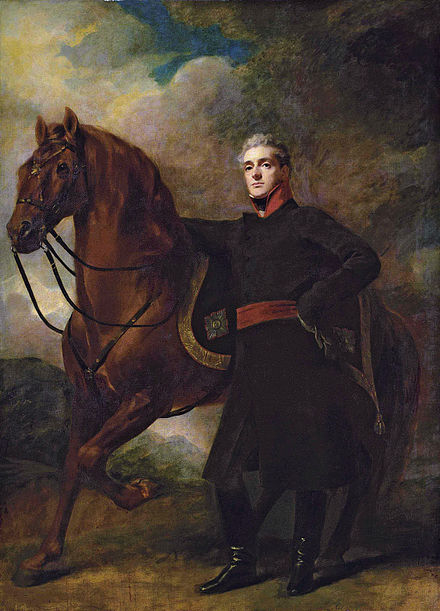Several cultures practiced mummification. Incans, Australian aborigines, Aztecs, Africans, and even ancient Europeans. However, mummification was more popular with the ancient Egyptians. But did you know there was an English nobleman who also had himself mummified after his passing?
The 10th Duke of Hamilton, Alexander Hamilton, had a strong fascination with ancient Egyptian culture. He was so interested in their customs that he arranged for his remains to be mummified and placed in a sarcophagus when he died.
Who was Alexander Hamilton?
Alexander Hamilton was the eldest son of the ninth duke of Hamilton, Archibald Hamilton, and daughter of the sixth Earl of Galloway, Lady Harriet Stewart. Hamilton was born in 1767 in the family’s London residence in St. James Square.
Hamilton attended Harrow School, where he first appreciated classic writers like Ovid and Virgil. At the same time, he also began frequent visits to his cousin William Beckford, who was known to strongly influence Hamilton’s passion for the arts and collecting.
The young Hamilton then attended the Christ Church college. After which, embarked on a trip across Europe, following the customs of wealthy young men of his time. He started collecting paintings, furniture, books, and manuscripts during his travels. He was especially interested in items relating to historical figures and works related to Roman and Russian emperors.
Hamilton started his political career in 1802 when he assumed the Whig MP for Lancaster. He also became Lord Lieutenant of Lanarkshire. He then was appointed to the Privy Council before becoming a British ambassador to the Russian court in 1807. As an ambassador, he continued acquiring more works of art for his collection while courting Countess Zofia Potocka, the widow of the wealthy Polish aristocrat Stanislaw Szczęsny Potocki. It was reported that Hamilton was attracted to Potocka’s glamorous and affluent lifestyle and her wild past. He, unfortunately, was not successful in wooing the countess.
Hamilton married Susan Euphemia Beckford, the youngest daughter of his cousin William Beckford. The marriage was arranged for financial gain, although Hamilton was twenty years older than his wife and the fact that they were related. It was known that the Beckfords had vast sugar plantations in Jamaica and thousands of slave African workers. They were known to be one of the wealthiest families in their time.
Hamilton received a substantial dowry from Beckfords for the marriage and they even offered to give Hamilton an annual allowance. He had two children with his wife, William, the eleventh Duke of Hamilton, and Susan.
When his father died, Hamilton inherited Archibald’s titles and estates. In only a few months, the tenth Duke of Hamilton commissioned the remodeling of Hamilton Palace, representing the wealth, power, and influence of the Dukes of Hamilton. The design of the new palace was also done to house his vast collections of paintings and works of art. (Source: National Trust for Scotland)
What was Hamilton’s Dying Wish?
Hamilton died on August 18, 1852, in his London residence. He was known for his sense of family pride and an elevated sense of self-importance, with an obituary describing him as the proudest man in England. But before his death, the duke requested that his body be mummified and placed in a sarcophagus.
Hamilton’s collection also included many ancient Egyptian artifacts, and he was known to be strangely fascinated with the process of mummification. His wish was granted when he was mummified and entombed in a sarcophagus he purchased some years back. Hamilton thought that the sarcophagus belonged to an ancient Egyptian prince, but it was built for women. For him to fit the casket, his legs had to be broken. (Source: National Trust for Scotland)
